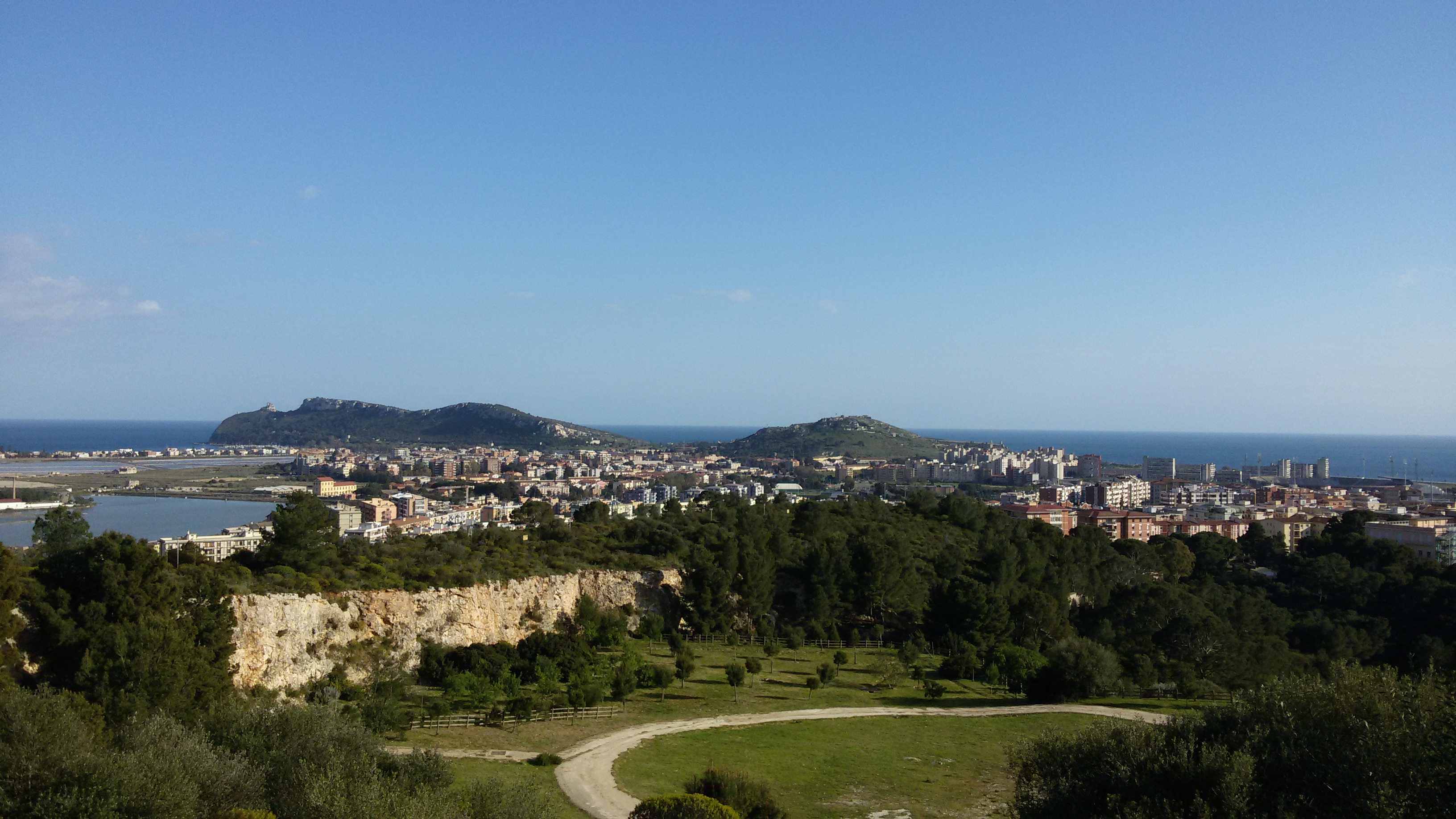
Uploaded on 2017-03-16 by Pierluigi Dentoni
2. Which are the main UHI effects that you can identify in your area? Unfortunately there are no data available for the city of Cagliari, as there has been no research on the theme by far, and the meteorological stations are widely used for weather forecasting or they are amateur devices used for amateur websites. From a rapid research on http://www.sardegna-clima.it/ [16/03/2017, 10:27 pm], I have compared the data collected by the cited amateur website, and it could be seen a difference of -0.4°C (max) and 2.2°C (min) between the Meteorological Station 1 (Cagliari-Genneruxi) and Meteorological Station 2 (Quartu S. Elena). These two stations are 3.77 km away: Cagliari-Genneruxi’s station is positioned in a urban block built in 1980s, inspired by the garden cities theory, and the Quartu S. Elena’s station is positioned coming up to the Molentargius Park, a regional park with reservoirs of both freshwater and saltwater. The negative rate given fot the max is given to the fact that, whilst the urban block is protected by the vegetation in the hotter moment of the day, the coming-up-to-the-park site is fully exposed to the sunrays in the hotter moment of the day. Referring to the photo attached, where is shown a "rural" survived area, a yet big unbuilt part of the city, UHI effect of the city is given by lack of vegetation and shading, vehicle-opened area, grey stone/bituminised roads surfaces. Although Cagliari is a port city on the sea, the UHI is affected by the different winds blowing through the city all along the year. Mistral (NO) is a strong cold wind that gives a cold mark in winter and a fresh mark in summer, meanwhile Sirocco (SE) is a medium hot wind that gives a warm mark in winter and a hot mark in summer. When the winds are calm, in winter the warm days are fairly enjoyable, meanwhile in summer the hot days are unsustainable at times. 3. Which are the measures you would propose? I would surely increase vegetation, and earth and water areas in the city. Besides, I would think about a true “shading” design policy, as in the last few years Cagliari has renovated its public spaces with many new squares, although sometimes they were thought with a Nordic design, not thinking about the fact that very little people would use them in summer before 9.30 pm (one hour after the sunset). 4. Is UHI effect concerning policy making in your area? As I said before, in the last few years Cagliari has renovated its public spaces with more vegetation and new gardens. This is a clear design policy for a greener city. At the same time, in the last few years Cagliari has showed to be very sensitive to sustainable transportation, with renovated public Zero Emission Urban Buses, public electric cars, and public car & bike sharing.